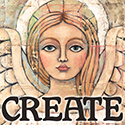
Art Licensing: Self-Represent or Art Agency (Part 2)
Now that you’ve read through part 1 of this topic and you know what is involved in self-representation, let’s take a look at working with an art agency.
An art agency will take care of all the tasks listed in the previous article which would free you up to create. Having said that, it doesn’t mean you won’t have any paperwork or decisions to make. Every contract that comes across your desk needs to be read and you need to understand what the manufacturer wants of you. You are under no obligation to sign the contract as is. While your agent has your best interest at heart, you are still the one who makes the final decision. If you don’t like one or more of the terms, talk with your agent and they can go back to the manufacturer on your behalf until an agreement is reached.
How do I know which art agency is a good fit for me and my art?
Some research can be done via the internet before making contact with an agent/agency.
- Is the potential agent passionate about your art?
- How do they market their artists? Do they have a website, if so, how does it look?
- How many other artists do they represent? You may be able to find this out on their website, otherwise ask them.
- Do the other artists work align with your art? You want your art to be different, but you wouldn’t want to sign with an agency that represents artists that paint all florals/patterns if you paint whimsical characters.
- Do you see their current artist’s work in the marketplace? Do a google search for some of the artists they currently represent to see if there are any products in the marketplace. If so, are they quality products?
- Ask for referrals from their artists and manufacturers. Call them, talk to them, ask questions.
Questions to ask your potential agent.
- How long have you been an agent?
- What made you decide to become an art agent?
- What did you do before becoming an agent?
- What product categories do your artists license to?
- Is there a product category that you focus your efforts on?
- How do you see my art fitting into these categories?
- How long have your current artists been with you?
- How many agents work within the agency? If there is more than one, who would be working with me and how do you decide that? (then have a conversation with that agent too)
- If I were to sign with you, how long is the contract for? (2-3 years is standard) Have them send you their artist/agent contract as well as a licensing agreement they use with manufacturers.
- What is the royalty split? Generally it’s a 50/50 split. The royalty payment is sent from the manufacturer to the agency, they keep their percentage and send you your percentage.
- When do you send royalty payments? Get specific dates. Usually quarterly.
- Will I get a copy of the manufacturers royalty report? This is a MUST! Make sure this is stated clearly in your contract with the agency that you will receive copies of the manufactures royalty report.
- Do you have a graphic artist on staff to make changes to digital files? If so, is there a fee for this service? Will I get to approve ALL changes made to my art before you send it out?
- Do you have a booth at Surtex every year? Do you attend trade shows? How do you meet with manufacturers?
- How will you keep my new art in front of licensees? Do you send a monthly newsletter? Do you advertise in trade publications?
- Do you have a password-protected database so licensees can look through all of my art?
- Do you allow your artists to work directly with the manufacturer when designing product lines?
- Have you ever had one of your artist’s copyrights infringed upon? If so, do you send a cease & desist letter or is that something you let your artists handle?
It’s kind of like courting. Your conversations should feel comfortable, not awkward or forced. The relationship between artist and agent has to be built on trust. If something doesn’t feel right, move on.
An artist friend recently made the remark that she and her current agent interviewed each other with questions back and forth through email after their initial verbal conversation. The agent should want to make sure you are a good fit as well, so you both benefit from the relationship. Take your time in making your decision, there is no rush. Don’t just interview one agent/agency, choose a few and find the one that fits you the best. If none of those few do, start again, find a few more. It’s a huge decision, don’t take it lightly.
Below is an excerpt from All Art Licensing Blog as to what should be in an artist/agent contract.
Art Licensing Agent Agreements should include:
- Complete contact Information—for both the agency and artist
- Grant of Rights—Also sometimes called the Appointment, it spells out what are you giving the agent the right to do, such as license, market and distribute your copyrighted artwork to manufacturers in certain product categories.
- Here you also define your “Works”, which describes the art pieces or collections included under the agreement. This is one of the most important areas, especially if you have multiple styles or prior collections/assets.
- This section is where the contract should note any restrictions to the general ‘Grant of Rights’ such as excluded product categories or existing deals with different conditions.
- Term— List how long the term is with the starting and ending dates, plus the renewal terms and conditions (automatic, benchmarks or renegotiated renewal).
- Territory—Most agencies will want worldwide rights for several reasons, which might include: the ability for manufacturers to include internet sales, or because their marketing efforts may attract deals in other countries and the agent would prefer to handle those deals. Make your own judgment call as to what rights to give your agent based on their needs and reach; be sure to reserve any rights you can that won’t be actively used.
- Scope of Agency—Specify here whether the rights are exclusive or non-exclusive and describe in detail the agent obligations. Make sure you describe the process in which the artist (licensor) will be presented the License Agreements and will approve them. For example, will you be required to agree to any terms the agency negotiates or can you turn down deals you don’t find acceptable. And what would the definition of ‘acceptable’ be? I also like to see a good description of the marketing and sales process in the Agreement, so there are no questions as to how the agency will be spending their time on your behalf.
- Artist Obligations – Now the tables are turned and there needs to be a very specific description of your obligations, such as what type of art you will provide to manufacturers and how often you will create and provide new collections for the agent to market.
- Credit/Copyright Notice—Make sure the contract states that you continue to own all copyrights and that credit will be provided on all products; then include exactly what the copyright notice will read, such as ©___Artist’s name_____. (example ©Teresa Kogut)
- Commissions—This simply defines who receives what percentage of the royalty revenue generated.
- Billing and Collection—Though agents are usually responsible for the billing and collection of payments and royalties generated by the License Agreements, put it in writing. In addition, make sure to describe what will happen if money is not collected from a Licensee.
- Payments—Clarify exactly when payments received by agent will be paid to the artist. I wouldn’t expect less than 30 days, nor accept more than 90 days.
- Expenses—Clearly spell out what expenses are the responsibility of the agent and of the artist. I suggest you pay close attention to trade shows, travel, legal fees, and production of sales materials, where there may be additional fees and expenses charged.
- Inspection of the Books and Records—The industry standard is that the agent keeps the books and records and the artist can inspect them with reasonable notice to the agent.
- Representations and Warranties—Here is where the artist guarantees that you are/will be the sole and original author/owner of the artwork.
- Indemnification—It is common for the artist to indemnify the agent and its employees, to hold them harmless against certain loss, damage, liability or expenses; reasonable and mutual indemnification is preferred.
- Default and Termination—There are three important areas you need to make sure are addressed in this section:
- Language about what happens in case of bankruptcy,
- Breach of Contract, so that if either party fails to perform any of its obligations the other party will have the right to terminate the Agreement upon thirty days written notice if the breach cannot be corrected within the time frame,
- and the Effect of Termination, which specifically describes what happens when the contract ends (who gets paid what and when and for how long…this is also known as the tail of the contract).
- Assignment—I recommend this state that the Agreement shall not be assigned by either of the parties without prior written approval from the other party. This is an important clause because it protects you if an agency gets sold, or is taken over by another company, and prevents your art from being considered an asset of the agency.
I would highly recommend hiring an attorney to read over the contract between you and the agency AND the licensing agreement the agency uses with manufacturers. You won’t have to do this for every licensing agreement. Once you have one approved by the attorney, you can compare all future agreements to it.

What are your thoughts? Are you determining whether to self-represent or go with an art agent? Comment below and let’s keep the conversation open.
{ 0 comments }
.jpg)
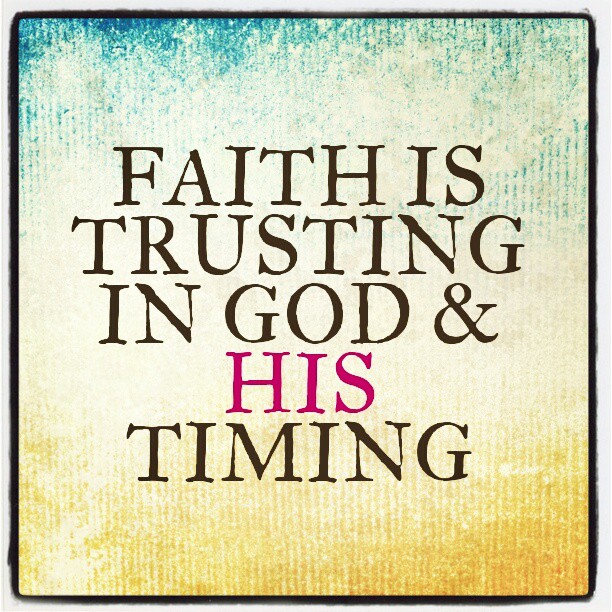


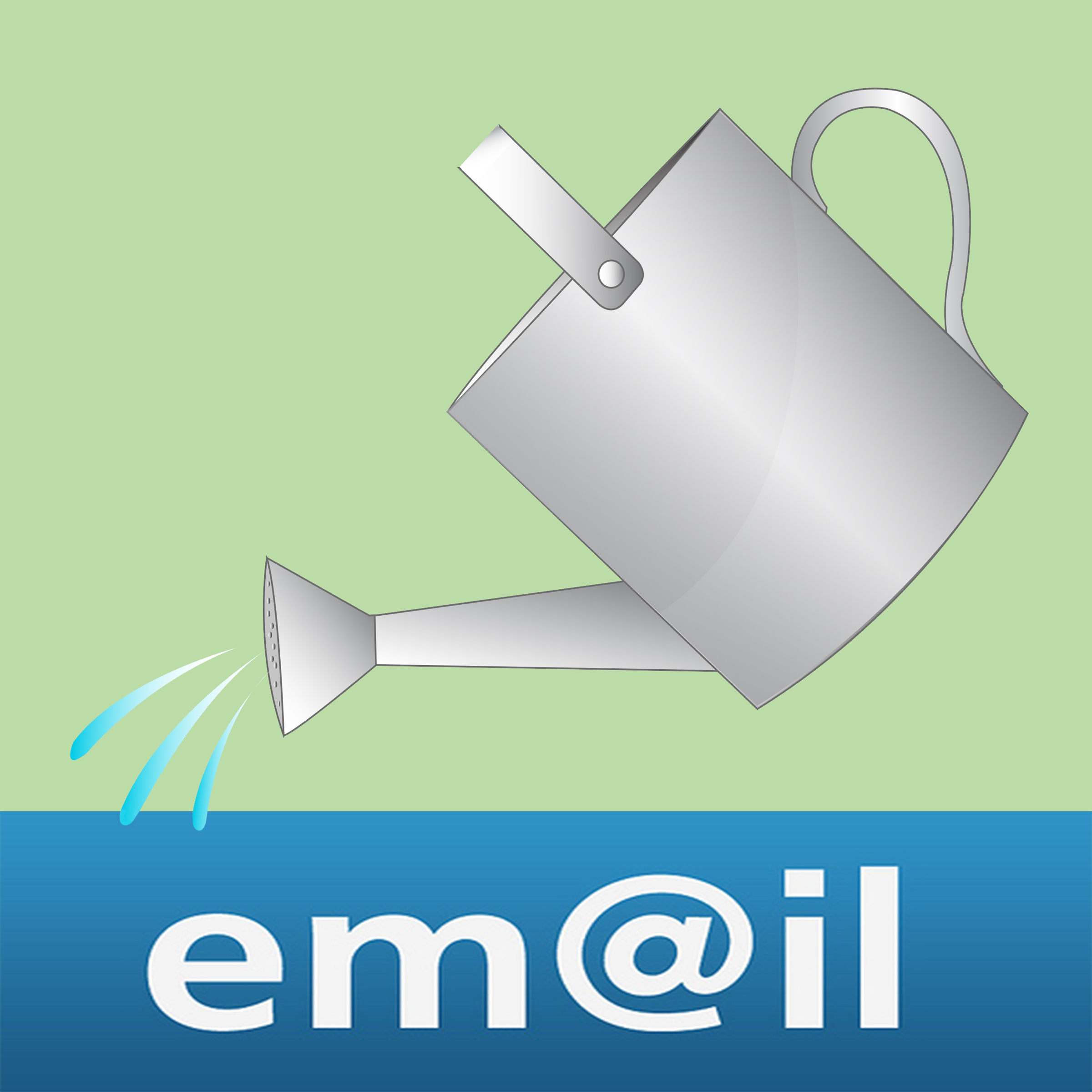
.jpg)

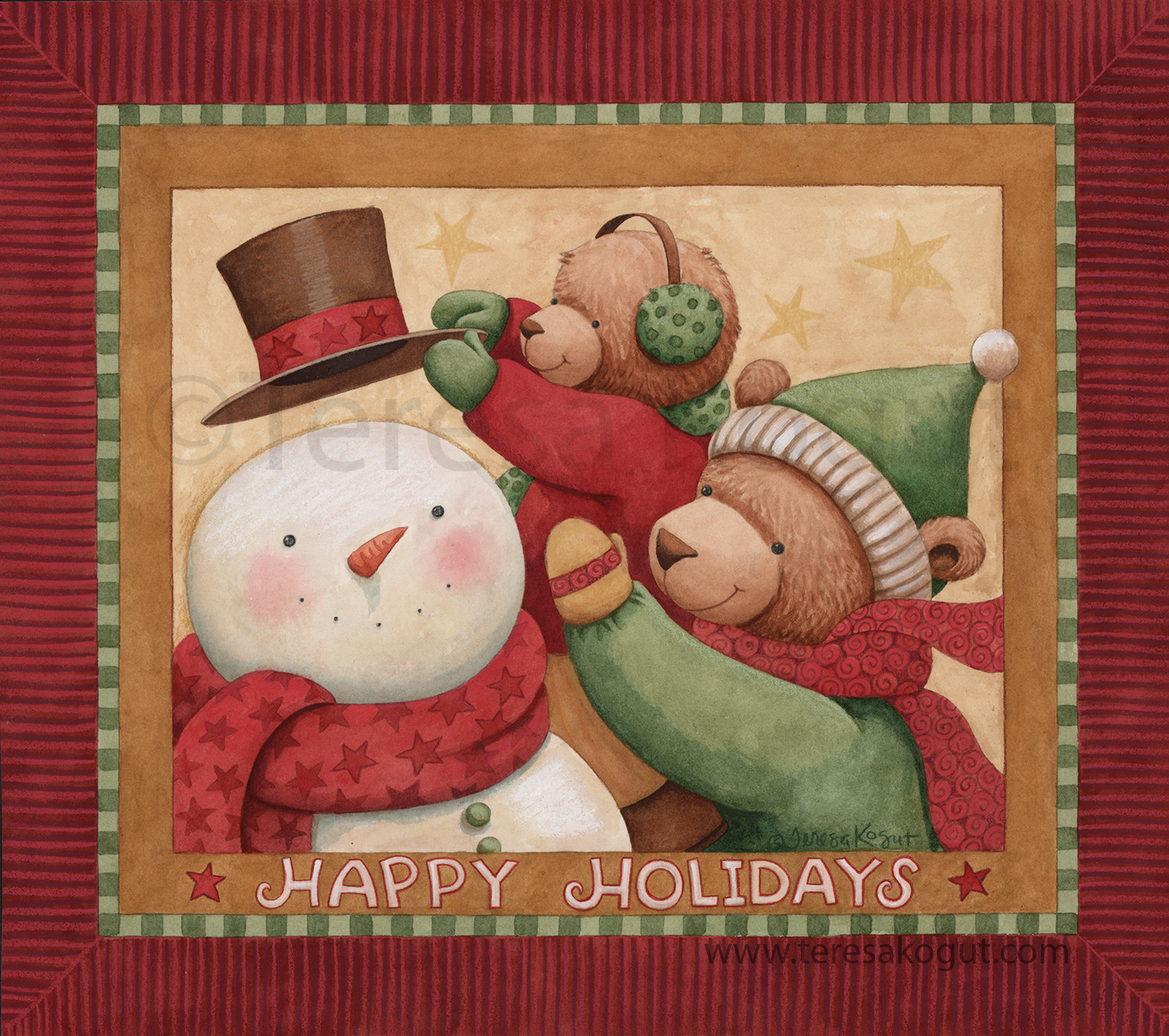
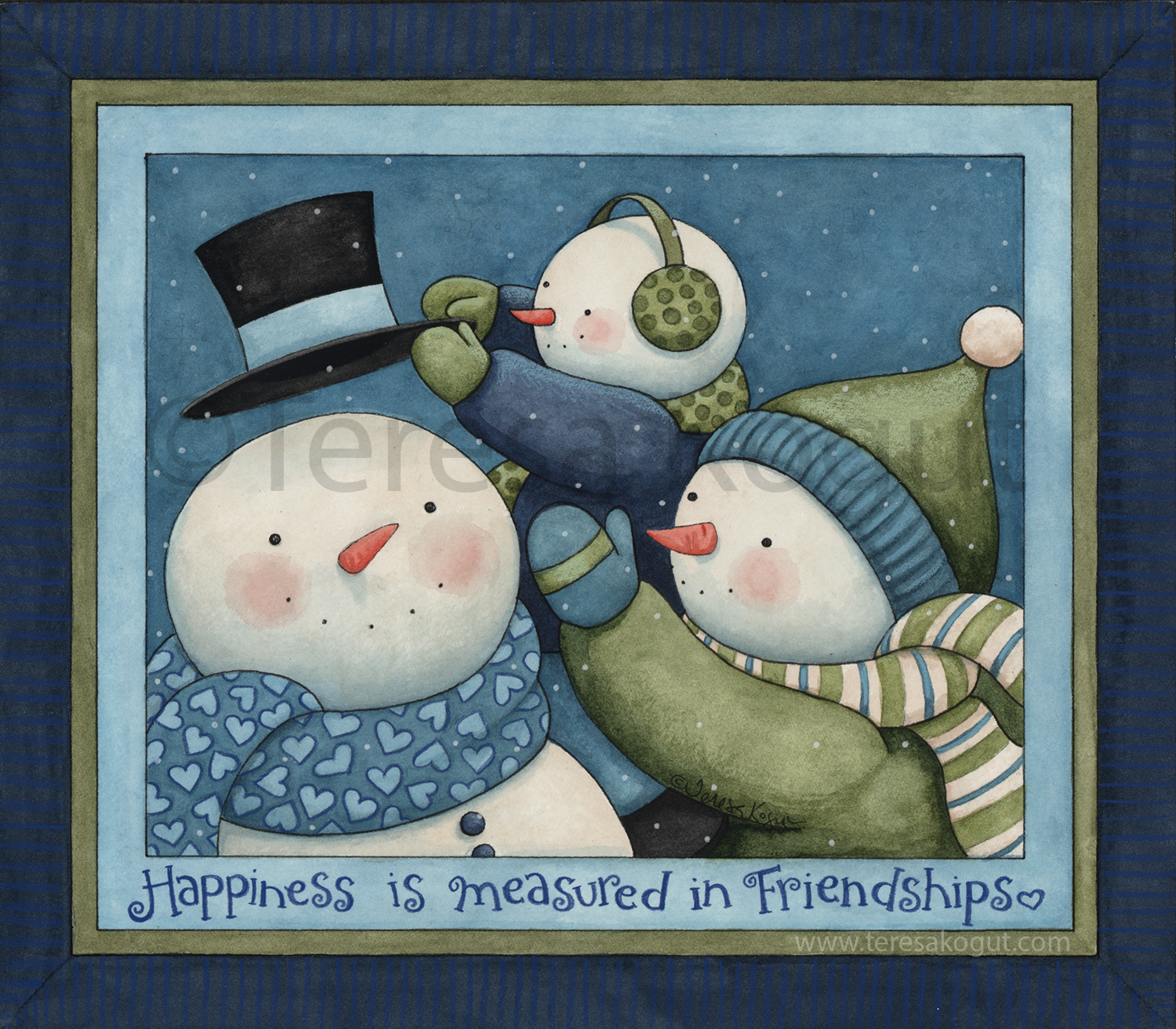
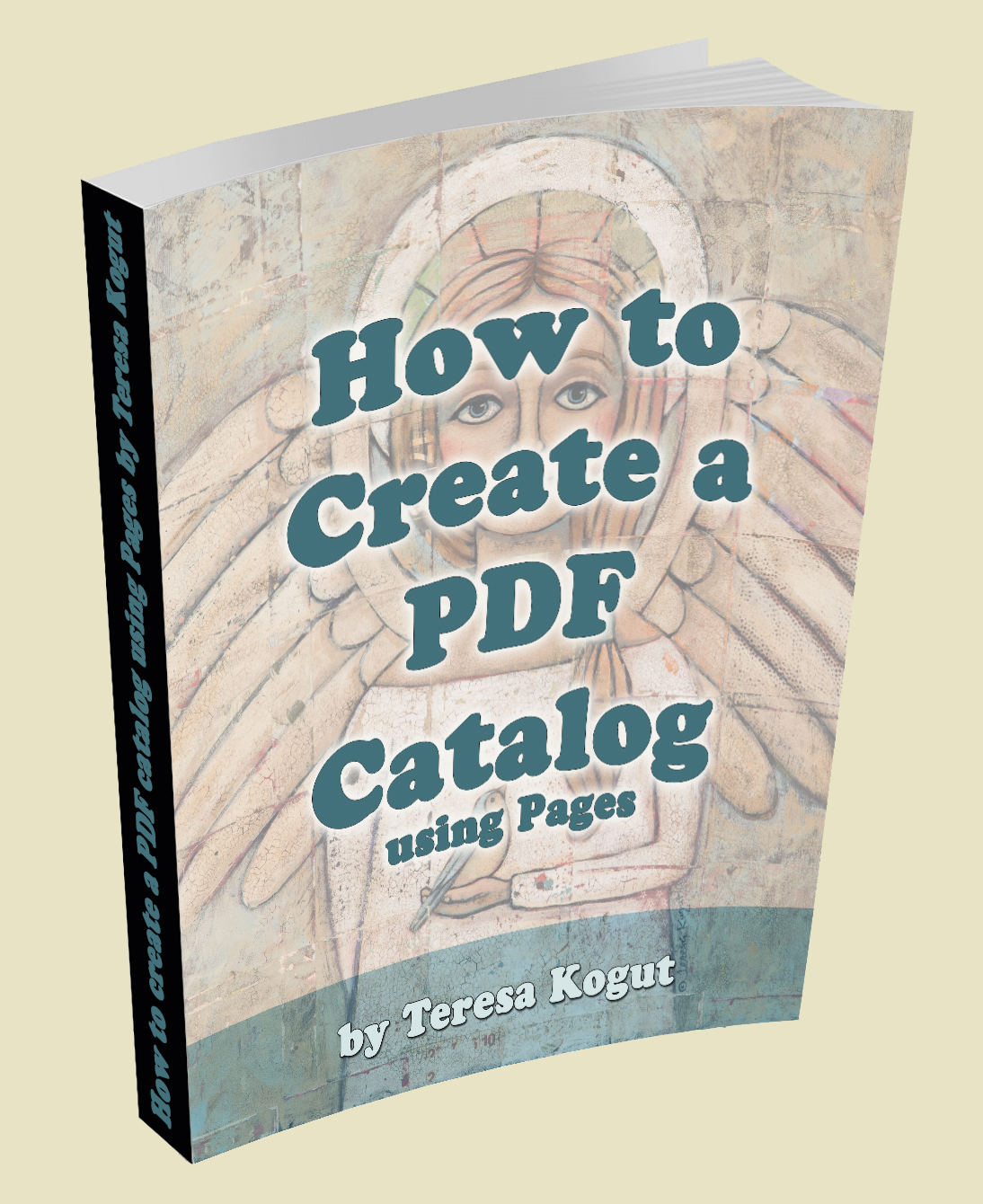
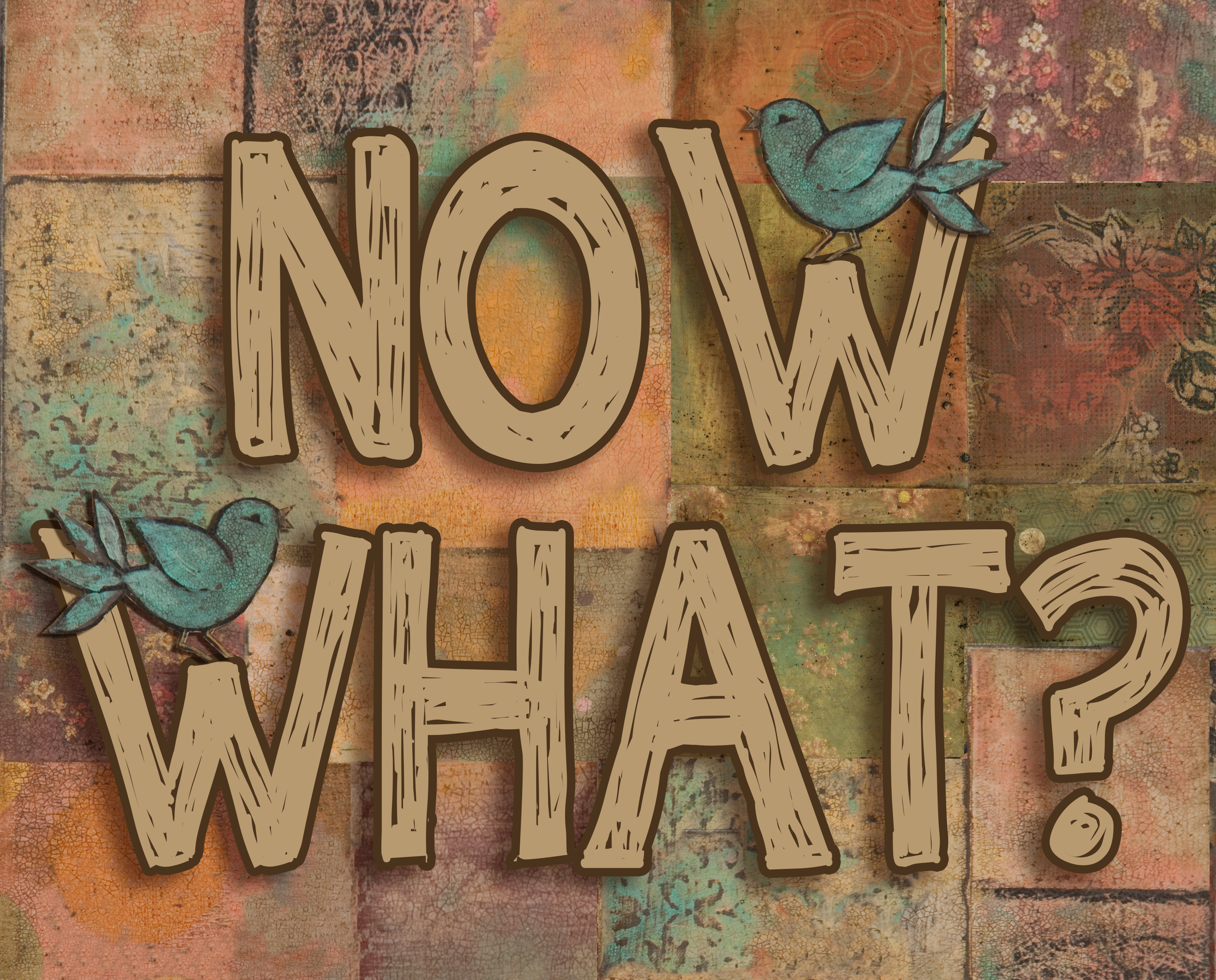
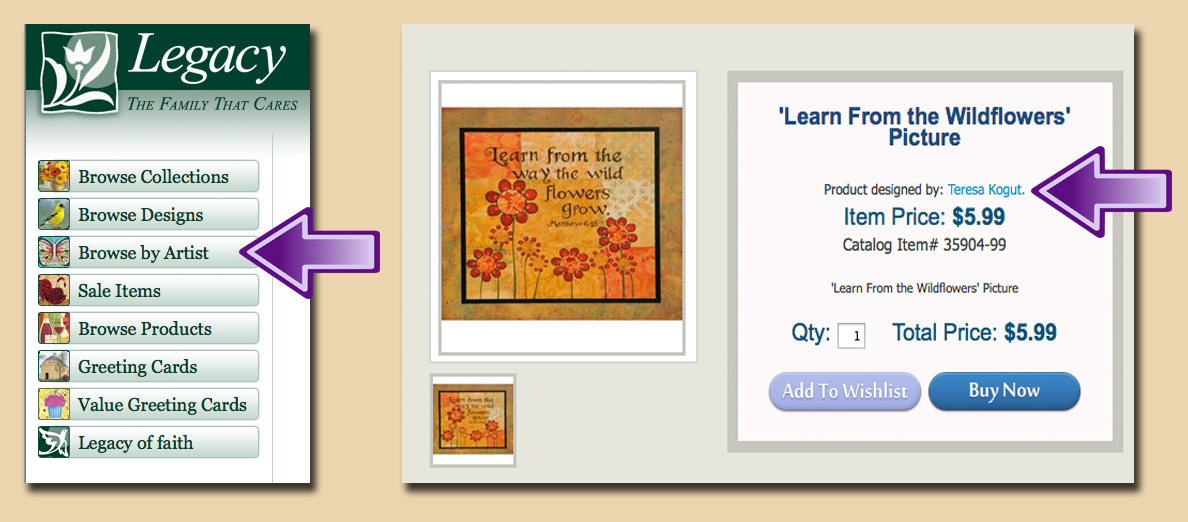

.jpg)
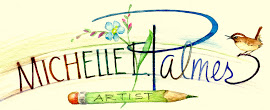
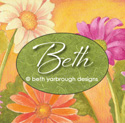
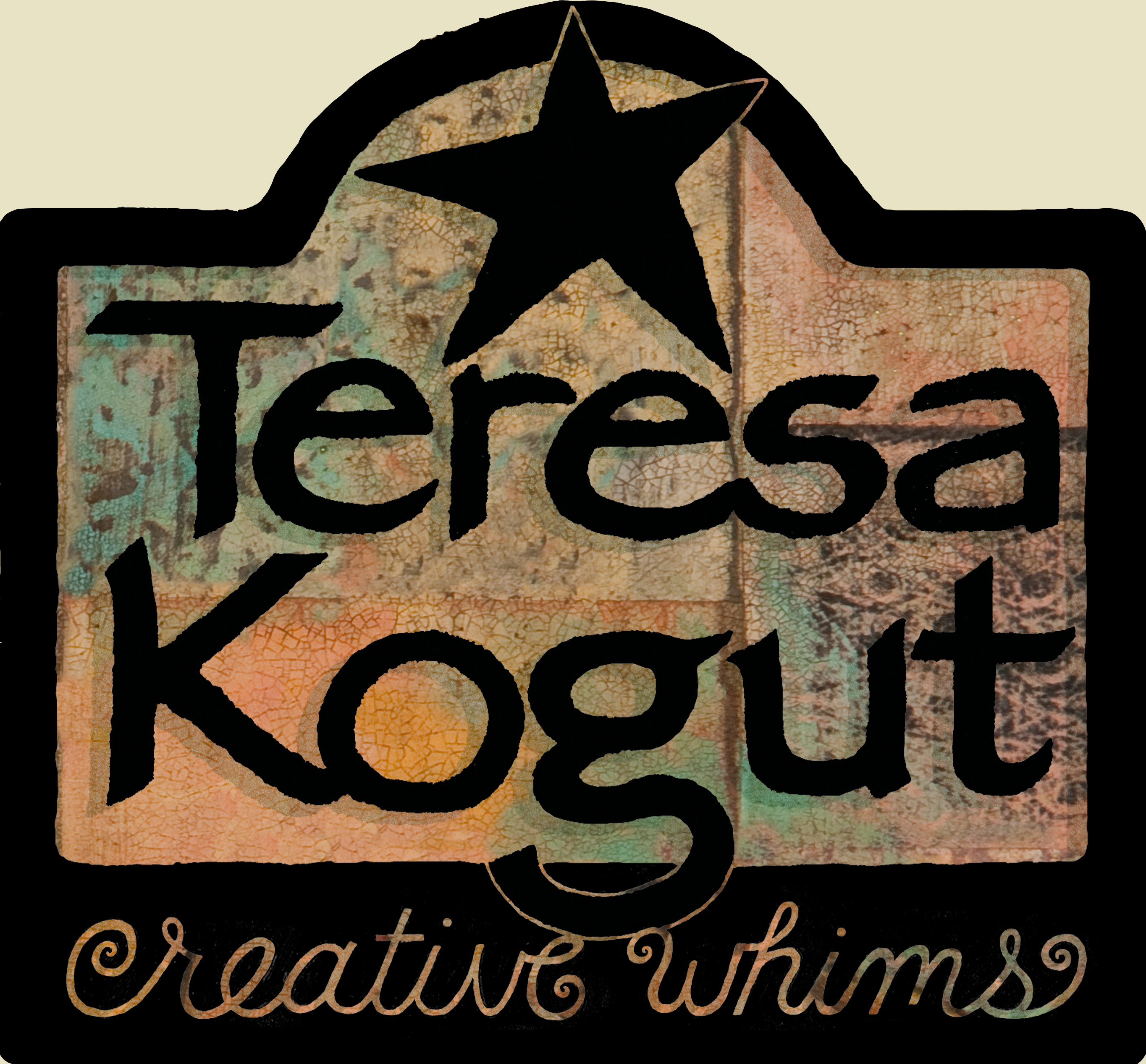
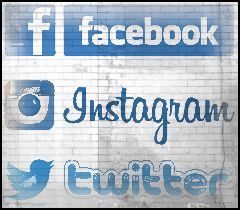



.jpg)

